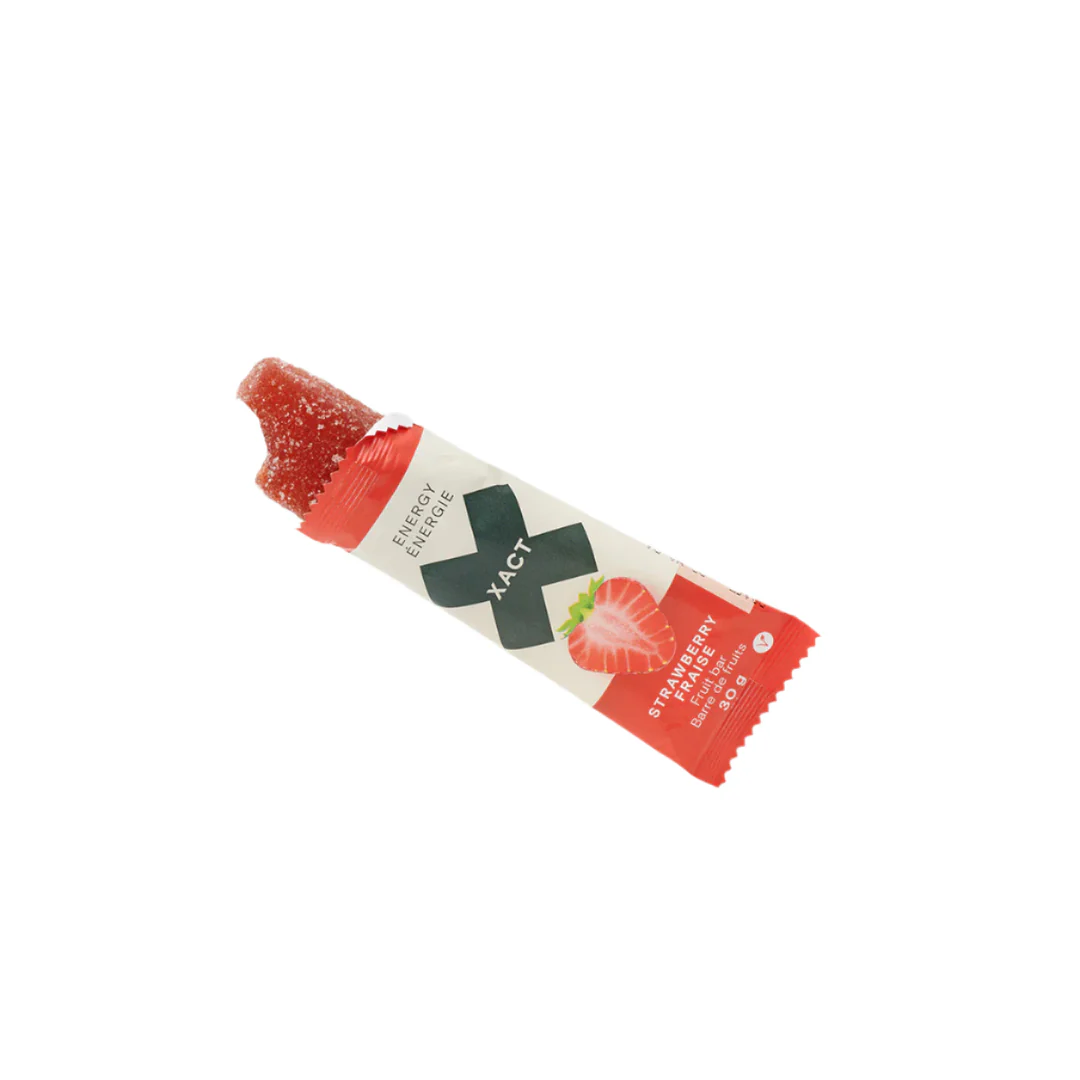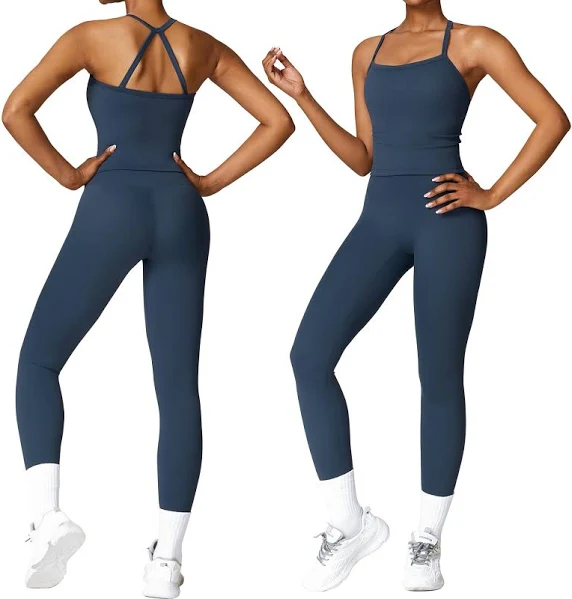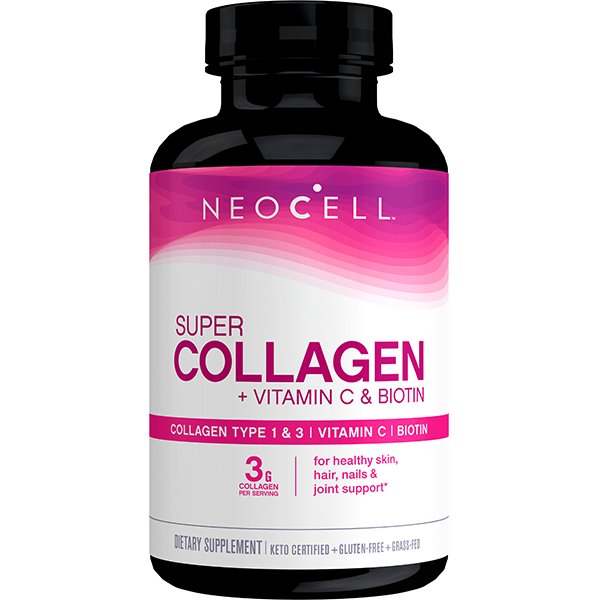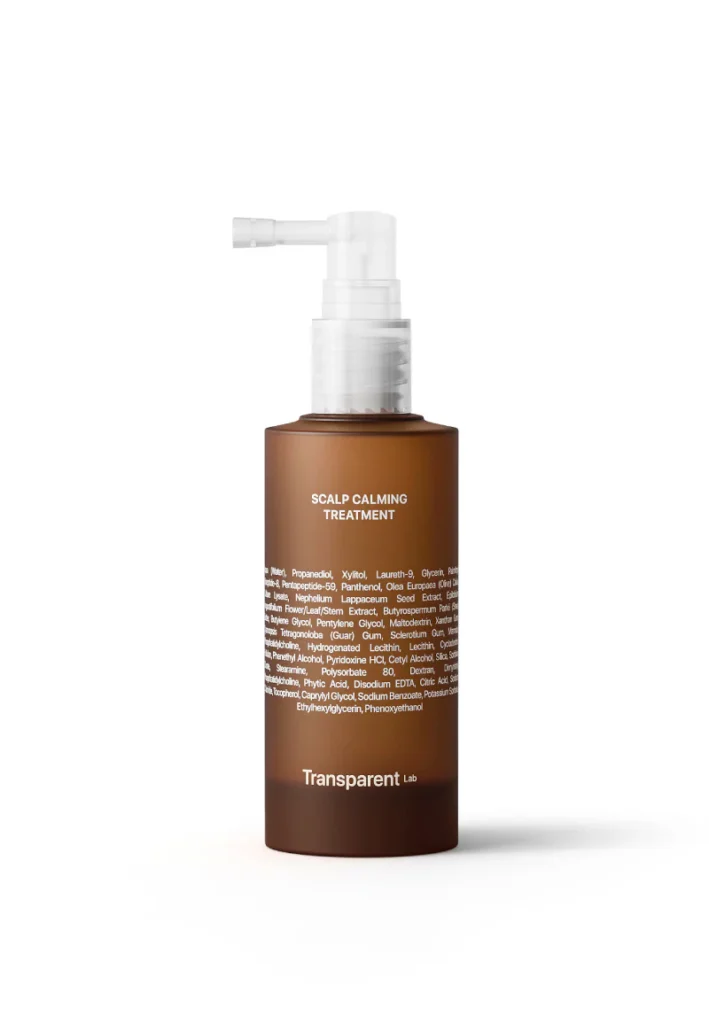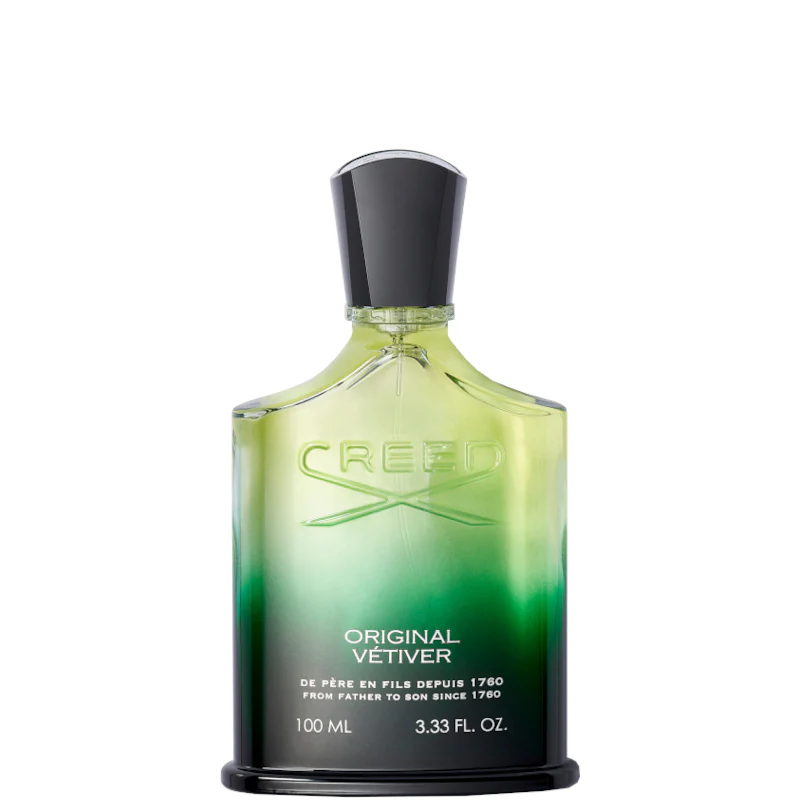Great training plans aren’t built only on miles; they’re built on moments—when you remember to sip, when you avoid a late-race slump, when your gut stays calm in the final 5K. Running supplements help you stack those small wins. Think of them as tools that shape your session: a gel that steadies the effort on a windy out-and-back, chews that turn the park loop into a metronome, a hydration mix that keeps your stride springy when temps climb. The right choices don’t overcomplicate your routine—they make the hard work feel repeatable.
In this article, we’ll map a practical approach to running supplements you can use today. We’ll focus on real-world decisions: formats that match your routes, timing that fits your pace, simple gut-training habits, and recovery rituals that help you bounce back. No specs, no prices—just clear frameworks and cues you can feel during the run. When you’re ready to stock up, Marathon Sports keeps the essentials in one place so you can dial your plan and go.
Shop Running Supplements at Marathon Sports
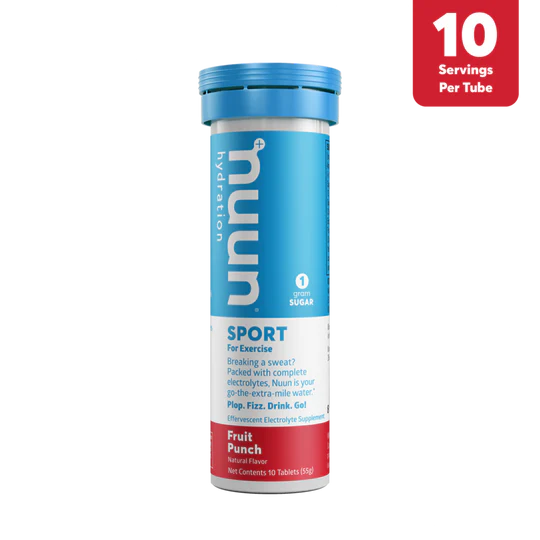
What “Fuel” Really Means on the Run
Fuel isn’t a miracle; it’s momentum management. On steady runs, supplements smooth out effort so you don’t burn matches early. On long runs, they protect rhythm when terrain or weather tries to steal it. On race day, good fueling lets your training show—no heroics required. Frame every choice with three questions: How long am I out? How hot is it? How does my stomach feel today? Your answers—not numbers on a label—should guide what you carry.
Pick the Tool That Fits the Route
Different formats have different “personalities.” Match the vibe to the day:
- Gels: Fast, compact, and easy to stash. Ideal when you want minimal fuss and predictable timing.
- Chews: Portionable and steady—great for runners who like small, frequent boosts and a bit of “chew time” to reset breathing.
- Hydration mixes & electrolyte tabs: Sip-based support you can spread across miles; perfect for heat, humidity, or rolling terrain.
- Wafers/bars: Best before or after longer sessions, or during easy ultradistance efforts when you want something more “real” than a sip or a squeeze.
Pro tip: pair formats. A bottle with electrolytes plus a pocket gel gives you both steady background support and a decisive “press here” button for hills, wind, or the last interval.
Training vs. Race Day: Two Lanes, One System
Training is where you experiment with spacing, flavors, and the choreography of grabbing, opening, and swallowing without breaking rhythm. Use familiar routes to test where a gel fits best (for many runners, just after a water fountain or at the top of a gentle rise). Race day is where you repeat what worked. No surprises, no last-minute swaps, no “new flavor because the expo was fun.” Consistency beats novelty when a PR is on the line.
Shop Running Supplements at Marathon Sports
The Weather Playbook: Heat, Humidity, and Cold
- Heat: Expect thirst to lead effort. Choose lighter flavors that feel refreshing rather than rich, and make electrolytes non-negotiable. Plan sips by landmarks (every two city blocks, each park bench) so heat doesn’t quietly drain your pace.
- Humidity: You may not feel sweat evaporate; support with steady sipping and avoid playing catch-up. Chews can be easier here than gels, especially if you dislike thicker textures in muggy air.
- Cold: Dry air can still dehydrate you. Warm up your bottles indoors and go with flavors you actually enjoy at lower temps—some “summer favorites” feel too icy or sharp when it’s cold.
Your rule of thumb: if weather changes your breathing, it changes your fueling.
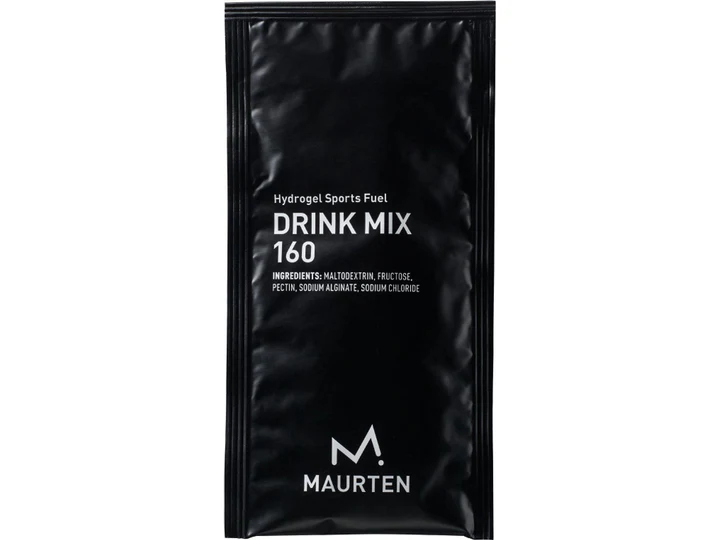
Flavor, Texture, and “Mouthfeel” Matter More Than You Think
Performance isn’t just physiology; it’s psychology. If a flavor reads “ugh,” you’ll delay eating—and late fueling rarely catches up. Build a rotation you actually look forward to: a bright, citrusy gel for tempo days; a mellow berry chew for long, easy miles; a clean-tasting electrolyte you can sip all afternoon. Keep a “neutral” option—something you can always tolerate—reserved for race day.
Caffeine: A Useful Lever, Used Thoughtfully
Caffeine can sharpen focus and effort perception, but it’s not mandatory. If you use it, introduce it in training first and pay attention to your personal response: alert or jittery, smooth or spiky. Some runners prefer a small bump early to settle nerves; others like a late-race nudge. Treat caffeine like a dimmer switch, not an on/off button—and avoid doubling up across gels, chews, and drinks unless you know it suits you.
Gut Training: Teach Your System the Plan
Your stomach is trainable. The same way you build mileage, you can build tolerance. Pick a fueling pattern and run it weekly—same mile markers, same sips, same bites. Over a few weeks, you’ll feel less “full,” timing will feel natural, and your stride will stop protesting when you eat on the move. Small habits that help: a relaxed jaw when you chew, a deep breath before swallowing, and a couple of easy strides afterward to re-sync cadence.
Shop Running Supplements at Marathon Sports
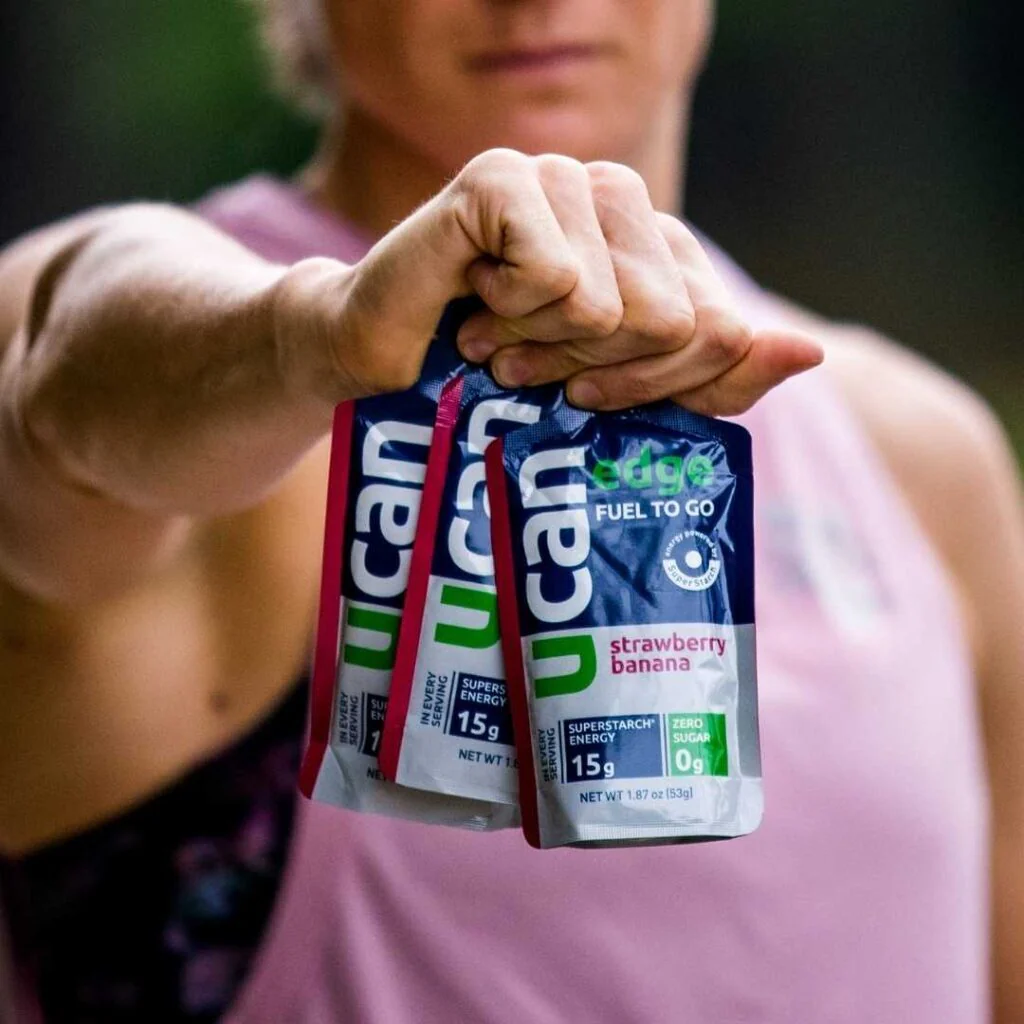
Logistics: Carry, Access, Repeat
- Pocket choreography: Decide which pocket holds what and never change it. Muscle memory saves seconds (and stress) when you’re tired.
- Openability: Practice opening with gloves or sweaty hands. If it’s fiddly at home, it’ll be maddening at mile 16.
- Fountains & aid stations: Visualize your approach—slow half a step early, grab, sip, merge. Two calm seconds beats a chaotic ten.
- Spills & stickiness: Pack a tiny wipe or plan a quick water splash after a gel. Clean hands keep your mood up and your phone usable.
Long Run Structure: Make It Modular
Think in loops and landmarks. If you have a two-loop long run, take a different flavor each loop to prevent taste fatigue. Reserve one “treat” flavor for the last 20–30 minutes—a small psychological lift when focus drifts. If your route has a big hill or wind-exposed stretch, pre-decide a fuel right before it; you’ll meet the effort with a calmer heart rate.
Race Week: Keep It Boring (That’s a Compliment)
Do what worked in training, scaled to the day. Practice your start-line routine exactly: breakfast timing, first sip, first bite. Lay out each supplement in order, like a setlist. If the course has aid stations, plan your handheld or belt around them: top off early, never “get behind,” and use late stations for mouth rinse if your stomach wants less by then. Above all, skip expo experiments—save curiosity for a recovery jog next month.
Recovery Rituals You’ll Actually Stick With
Recovery is a conversation you have with tomorrow’s legs. Keep it simple and consistent: something easy to drink within a reasonable window, a salty snack if it’s hot, and real food soon after. If you like a shake, great; if you prefer a smoothie and toast, also great. The “best” choice is the one you’ll repeat after every hard session. Make it pleasant, portable, and ready before you run so decision fatigue doesn’t win.
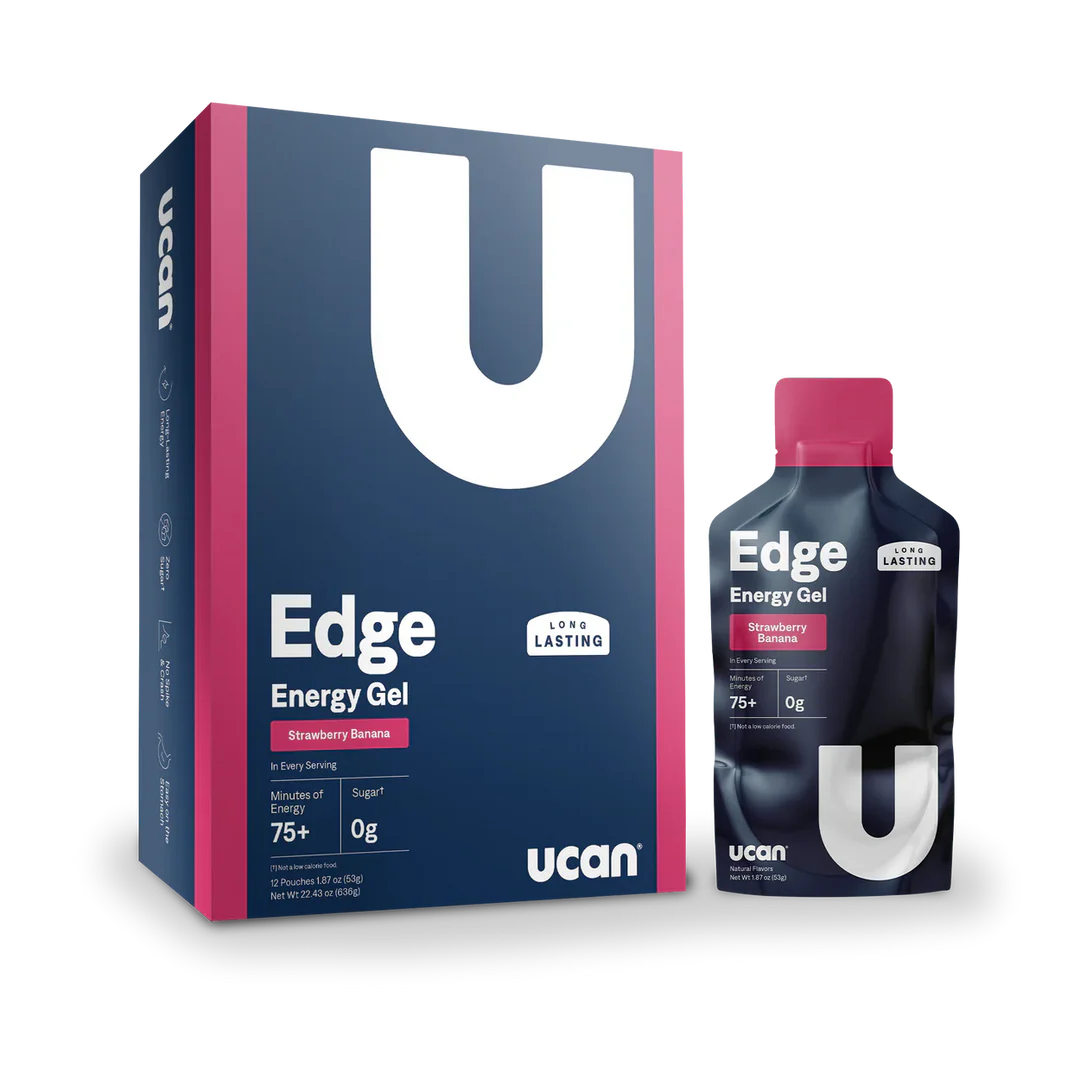
Mindset: Effort Over Perfection
No plan survives contact with a surprise road closure, a missed water fountain, or a windy shoreline. That’s okay. The goal is not “perfect fueling”; it’s “useful fueling.” A single gel taken two minutes later than planned won’t sink your day—spiraling about it might. Take the next small step: sip now, chew now, relax shoulders, keep rhythm. You’re building a skill, not chasing a score.
Conclusion
Running supplements aren’t magic, and that’s their strength. They’re simple levers you control: what you carry, when you use it, how your body responds. Choose formats that fit your routes, flavors you actually enjoy, and a timing pattern you can practice until it’s second nature. Teach your gut the plan, respect the weather, and treat recovery like a habit—not a chore. Do that, and your training shows up when it matters: steady in the middle miles, calm in the last stretch, proud at the line. When it’s time to stock your kit, Marathon Sports keeps the decision-making easy so you can focus on the miles that make you.
Shop Running Supplements at Marathon Sports
FAQ
- How do I choose between gels, chews, and drinks?
Match format to the day: gels for decisive boosts, chews for steady top-ups, drinks for heat or rolling routes where sipping feels natural. - What if supplements upset my stomach?
Train your gut with small, regular amounts on familiar routes. Favor flavors and textures you genuinely like, and keep breathing relaxed when you swallow. - Do I need caffeine to race well?
No. It’s optional. If you use it, test in training and treat it like a gentle nudge, not a switch. Keep what works; skip what doesn’t. - How often should I take something on a long run?
Build a simple pattern you can remember by landmarks (e.g., at the park gate, after the bridge). Consistency matters more than exact minutes. - Are electrolyte tabs different from hydration mixes?
Tabs emphasize salts; mixes add flavor and background support. In heat or humidity, either can help—choose the taste you’ll actually sip. - Can I mix formats in one run?
Absolutely. Many runners like a bottle with electrolytes plus one or two pocket options to press when effort spikes. - What should I carry on race day if I’m using aid stations?
A minimal belt or pocket setup with your must-haves, then top off at stations. Plan the choreography so you’re calm when you grab and go. - How do I prevent flavor fatigue late in a race?
Rotate a couple of flavors in training and save one “treat” for the final miles. Familiar + enjoyable beats “new and exciting.” - What’s a realistic recovery habit after hard runs?
Something ready before you leave: a drink you like and an easy snack. Repeat it every time so recovery becomes automatic. - When should I restock my kit?
After your longest weekly run, take inventory. Keep a small “start-line box” with your race-day picks so you’re never scrambling.


